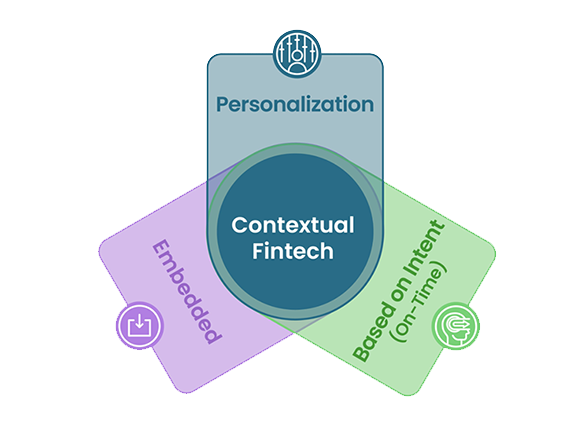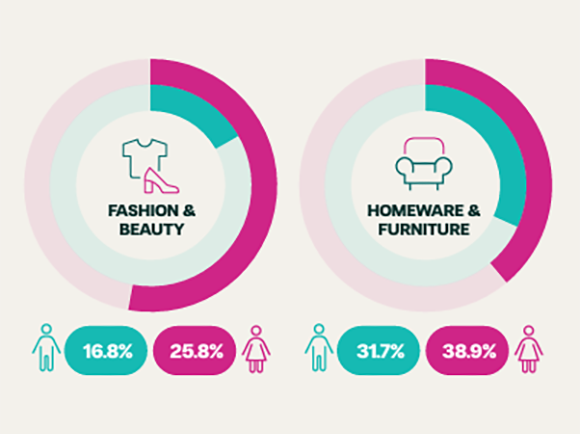Can customers take out Buy Now, Pay Later with no deposit?

So, you’re looking to purchase your next TV, laptop or piece of furniture, but you don’t have the cash to hand right now. What are the odds you can make your purchase through Buy Now, Pay Later with no deposit?
While there are some Buy Now, Pay Later providers who are happy to offer checkout finance with no money down, customers should ask some questions before taking out these loans.
After all, why would so many lenders ask customers to provide a deposit in the first place? And what happens after you take out a Buy Now, Pay Later loan with no deposit?
Let’s explore what choosing Buy Now, Pay Later with no deposit means for merchants, lenders and customers.
Is it possible to take out Buy Now, Pay Later with no deposit?
In a word, yes. Some providers of checkout finance (also known as Buy Now, Pay Later) offer loans to customers with no deposit and nothing to pay on the day of the purchase.
However, this is a rare occurrence. Most mainstream providers of Buy Now, Pay Later will ask their customers to pay a deposit, usually between 10% to 33% of the value of the item. As we’ll explain, this is done to protect the lender by making sure the customer is committed to purchasing the item and therefore more likely to pay back their loan.
While there are some providers who offer Buy Now, Pay Later with no deposit, they are few and far-between – so don’t depend on finding a ‘no money down’ offer next time you go shopping with Buy Now, Pay Later.
Why do lenders ask for a deposit when providing Buy Now, Pay Later?
To answer this question, let’s first understand what exactly is happening when a customer makes a purchase through Buy Now, Pay Later.
There are usually four parties involved in this transaction:
- The customer: the person making the purchase, and who is taking out a loan
- The merchant or retailer: the business selling the item(s)
- The lender: the business that a) provides the customer the loan, and b) pays the merchant for the item on the day of the purchase
- The platform provider: the business facilitating the transaction by connecting the three parties at the point of sale
The lender pays the merchant the cost of the item(s) on the day of the sale, then the customer pays the lender back through a series of monthly instalments. Once the item has been paid for, the merchant is taken out of the equation, and the customer becomes indebted to the lender.
In this transaction, the merchant gets paid directly by the lender. Thus, the lender (not the merchant) assumes the risk for the loan. If the customer fails to keep up with their repayments, it will be up to the lender to chase the customer for the remainder of their loan. And if, for some reason, the customer can’t repay their loan, it’s the lender who loses money.
The lender therefore needs to know if the customer is trustworthy. That’s why, at the point of sale, the platform provider asks the customer for many of their personal details – such as their address history and employment status. The platform provider will also run either a soft or hard credit check (see the difference between the two here) to pull up any red flags in the customer’s credit history. The platform provider is doing this to ensure the lender can make a balanced decision on whether to trust the customer.
This is also why the platform provider usually asks the customer for a deposit. As with many other forms of loan – such as a mortgage – the deposit is a form of security for the lender. It helps to show that the customer is serious about their transaction. If the customer is happy to part with 10% of the purchase price right away, it’s a good sign they are a committed buyer.
The customer is sometimes able to decide how much of a deposit they want to pay. The greater the deposit, the lower the risk will be to the lender. If the customer is taking out a loan that charges APR, they may find their interest rates drop if they can front a higher deposit. Either way, a higher deposit means less to pay back each month. Sometimes, customers may find it easier to secure a Buy Now, Pay Later loan altogether when they are willing to pay a higher deposit.
Is it possible to take out Buy Now, Pay Later with no deposit and no credit check?
To put it simply, this is extremely rare and you shouldn’t count on finding a provider who will offer Buy Now, Pay Later with no deposit and no credit check.
Both the deposit and the credit check are ways in which a lender guarantees the customer is trustworthy, eligible for a loan and does not have bad credit. To forgo both these checks would be irresponsible of the lender. It would also put the lender at risk of losing money, since the customer might not be able pay their loan back.
We would be highly sceptical of any lender who was willing to offer Buy Now, Pay Later with no deposit and no credit check. We may even question whether the lender had other, perhaps more nefarious means of guaranteeing the security of their loan.
You might also
be interested in
Keen to know more?








